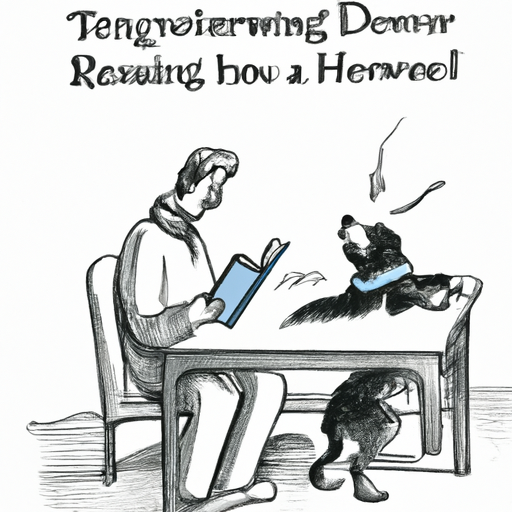What is Reverse Sneezing?
Before you can treat a condition, it helps to understand what it is. Reverse sneezing, also known as inspiratory paroxysmal respiration, is a phenomenon observed in dogs where they make rapid and long inspirations, stand still, and extend their head and neck. A loud “snorking” sound is often produced, which can be alarming if you’re not familiar with it.
Reverse sneezing is often caused by an irritation to the throat, pharynx, or laryngeal area, but the exact cause is often unknown. While it can affect any breed of dog, it’s more common in small, brachycephalic breeds with flat faces, like pugs and bulldogs.
Identifying Reverse Sneezing
The second step towards treating reverse sneezing in your dog is knowing how to identify it. Here’s a list of symptoms you might observe:
- A strange, snorting sound
- Your dog standing still with their elbows spread apart
- Extending the head and neck during the episode
- Gagging or swallowing after sneezing
How to Respond During an Episode
Contrary to what you might think, reverse sneezing is usually harmless. It’s more uncomfortable than harmful, but there’s a few things you can do to help your furry friend:
- Keep calm: Your dog can pick up on your anxiety, so make sure you stay calm to keep them calm.
- Gentle massage: Gently stroking their throat can help speed up the process of the sneeze.
- Cover the nostrils: Briefly covering their nostrils can help them swallow, which usually stops the sneezing.
Long-Term Management and Treatment
If your dog’s reverse sneezing becomes frequent or chronic, it may be time to seek veterinary help. Here are some potential treatments:
| Treatment | Description |
|---|---|
| Antihistamines | If your dog’s reverse sneezing is caused by allergies, your vet might prescribe an antihistamine. |
| Steroids | In severe cases, a corticosteroid might be prescribed to reduce inflammation in the nasal passages. |
| Environment changes | Smoke, dust, and strong odors can all trigger reverse sneezing. Making changes to your home environment can help reduce episodes. |
When to Consult a Vet
While occasional reverse sneezing is usually harmless, you should consult a vet if it becomes frequent or if your dog starts showing other symptoms like blue gums, weight loss, lack of appetite, or excessive nasal discharge.
FAQs
Q: Is reverse sneezing a sign of an underlying condition?
A: In most cases, reverse sneezing is not a sign of an underlying condition, but if it becomes chronic or your dog shows other symptoms, you should consult a vet.
Q: Can I prevent reverse sneezing?
A: It’s not always possible to prevent reverse sneezing, but reducing potential irritants in your home can help.
Q: Is reverse sneezing painful for my dog?
A: While it might look uncomfortable, reverse sneezing is usually not painful for dogs. However, chronic reverse sneezing can be a sign of discomfort and should be checked by a vet.



